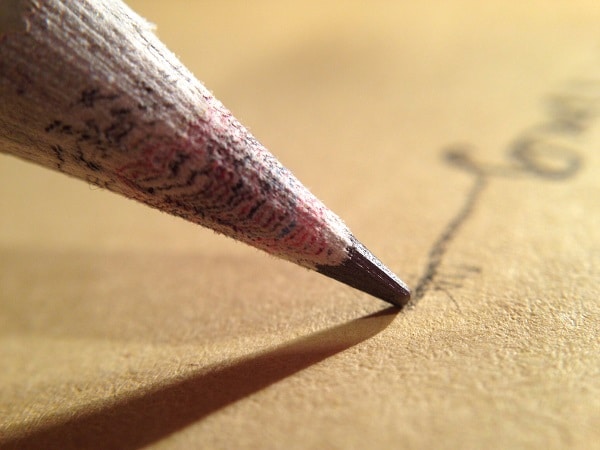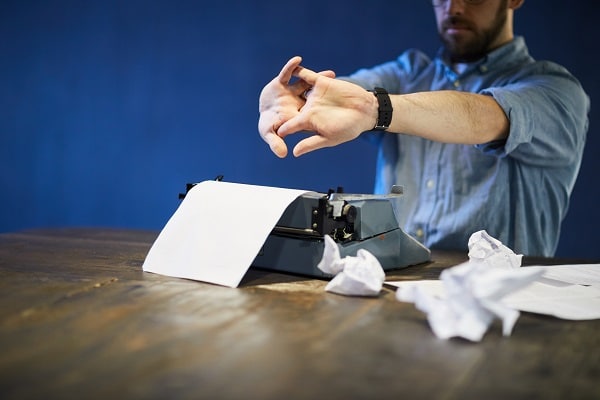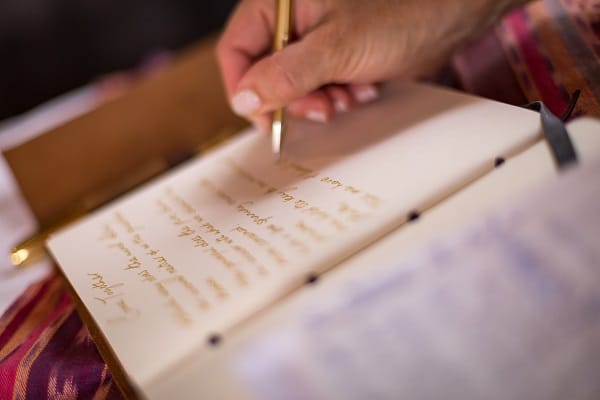Most people think that to be creative; you have to be intelligent. This is a myth. So why are so few people highly creative? One reason might be there are bad habits people learn as they grow up, which crush the innovative pathways in the brain. However, like all bad habits, they can be broken if you are willing to work. Here are a few writing styles you should try to boost your creativity.
Contents
Literal Writing

Also known as descriptive writing, literal writing involves using precise language that sticks closely to the facts to develop an idea or story around those facts. You’ll never hear anyone say that this is a flashy, trendy writing style. It’s kind of the opposite, actually; it’s long and tedious, but there are certain situations where this style is what you need to stay creative while producing something dependable and meaningful. For example, this would be an effective form of creative writing when planning a book report for school or creating a business proposal.
Stream-of-Consciousness Writing

This type of creative writing encourages writers to let the words flow onto the page without any type of filter or censoring. You can write whatever comes into your brain without stopping to correct grammar, punctuation, or spelling mistakes. This style gets its name because it seems like you’re channeling pure thoughts from deep inside your subconscious, hence “stream-of-consciousness,” and writing them down without any editing. This is perfect for boosting creativity because it gives you so much time to think about what you’re writing. It’s a style similar to typing fast on your phone, but with the bonus of creating something that someone else may want to read or use at some point.
Poetic Prose

This is poetry written in prose format, which takes the best parts of both styles to create something truly remarkable. Poetic prose has no set rhyme or meter schemes because it can resemble regular prose until you read it aloud; then you realize it’s poetry! Try using this style yourself if you want your work to be unforgettable. Of course, you will have everyone thinking your work is so clever, but you’ll know all along that every word came straight from your creative genius.
Haiku

A Haiku is a poem consisting of three lines with five syllables in the first line, seven syllables in the second line, and five again in the final line. These poems express feelings or thought on subjects like nature, daily life, and feelings about love. This keeps creativity high because you’re forced to think outside of your usual realm of thinking. It’s also suitable for beginners because it’s easy enough that anyone can try it at least once.
Concrete Poetry

This type of poetry deals with subject matter that can be immediately experienced through sight, hearing, and smell rather than representation. For example, a concrete poem might represent a picture through words, or it might present the physical sensations of sound, smell, touch, and so on. This writing style requires greater creativity because you’re tapping into all five senses to create an experience for your readers that’s more realistic than just reading words on paper.
Alliteration

Alliteration is when two or more words rhyme and begin with the same consonant sound. There are two types of alliterations: exact and inexact, which is where the letter(s) repeated do not need to be next to each other in the word (i.e., “hairy Harry”). This kind of poetry helps creativity since you’ll need to know how many syllables will be in each line of your poem and use alliteration to keep the flow smooth. You can even try improvising with alliteration to push yourself creatively.
Allegory

An allegorical story conveys the surface-level meaning, often using symbolic imagery to express abstract ideas. This writing style is beneficial when trying to be creative about specific topics since you have a bit of leeway on representing the idea, so it doesn’t offend people or make sense of what you’re trying to convey. For example, an allegory of “The Warrior” would be a person who fights daily for their family without question or hesitation, not necessarily a soldier in real life! So this is very good for expanding your creativity with abstract ideas.
Hyperbole

Hyperbole uses deliberate exaggeration or overstatement to emphasize a point, often not literally. A hyperbolic statement on the surface may sound like an exaggeration, but it’s true. For example, “I’m starving!” wasn’t meant to suggest that you haven’t eaten in days; you probably just skipped lunch or had some peanuts at your desk while working.
This writing style helps creativity because you can make implications about feelings and emotions without being directly rude or offensive! For example, no matter how much someone claims they’re hungry, they will never be as hungry as someone who hasn’t eaten in three days, which is why this kind of exaggeration is helpful when you’re trying to make your point while also playing around with creative expression.
Personification

Personification is giving non-human objects or abstract ideas human qualities or emotions. The best to describe this writing style is like looking at clouds. Although clouds don’t have consciousness, people often personify them enough to start to question whether they have their own thoughts and emotions. Likewise, this writing style helps creativity by giving emotional depth to inanimate objects or abstract concepts, so the reader feels more connected with what you’re describing.
Conclusion
These writing styles make the same point; you need to push yourself creatively if you ever want to come up with new ideas. You never know what kind of inspiration will strike when you least expect it! Sometimes it might help to try out different writing styles just for fun since there’s no harm in trying something new! Creativity has many benefits, so why not be more open to trying other things?


